Cats are intriguing creatures that have captivated humans for thousands of years. One of their most fascinating behaviors is the innate desire to chase moving objects, a trait that seems almost universal among felines. This article delves into the science behind why cats are so compelled to indulge in this playful and sometimes perplexing activity.
The Predatory Instinct
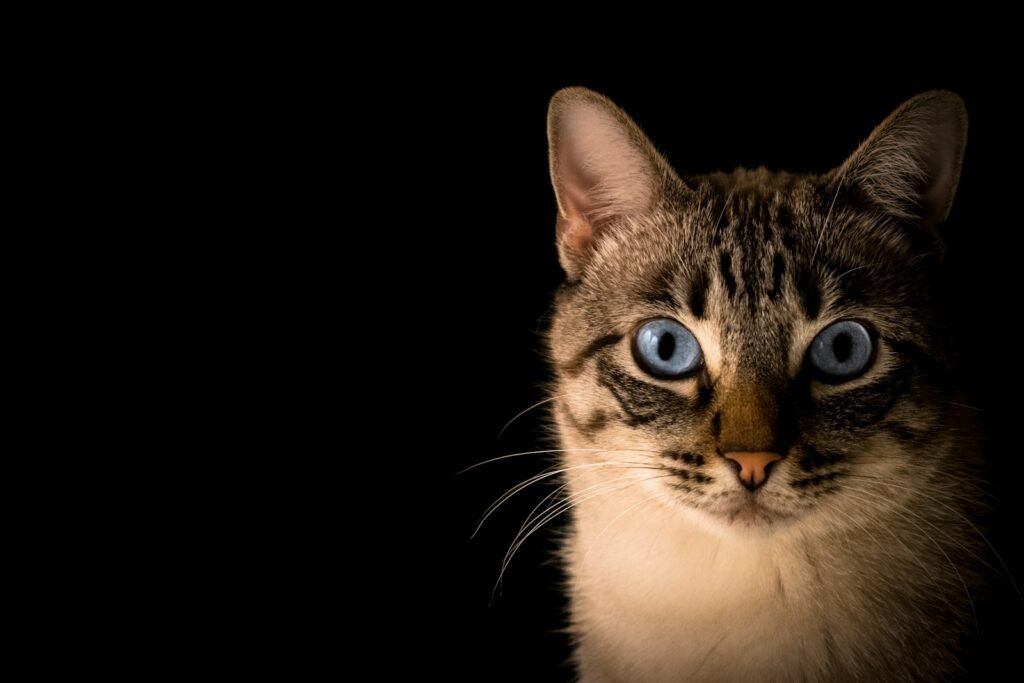
At the heart of a cat’s love for chasing lies its predatory instinct. Descended from solitary hunters, domestic cats have retained this inherent drive to chase, stalk, and pounce. These behaviors are predominantly linked to their survival tactics in the wild, where catching prey was vital for sustenance.
The Role of Vision in Cat Predation

Cats have a unique visual system that easily detects movement. Their eyes are equipped with a high number of rod cells, which are essential for low-light vision and motion detection. This ocular adaptation allows cats to effectively track moving objects, making them adept hunters, especially during dawn and dusk.
Understanding Feline Focus
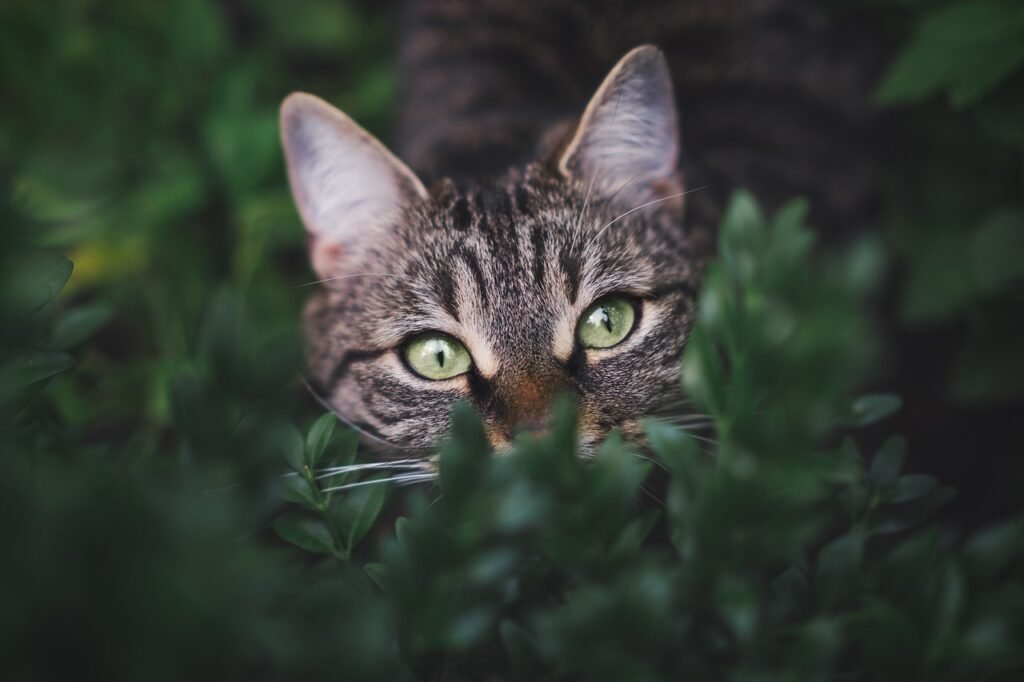
Cats have a remarkable ability to concentrate intensely on moving targets. This focus is often evident when they watch even the smallest of creatures with laser-like attention. This capability is an evolutionary advancement, trained over millennia to enhance their hunting success.
Exploring the Play-Hunt Continuum
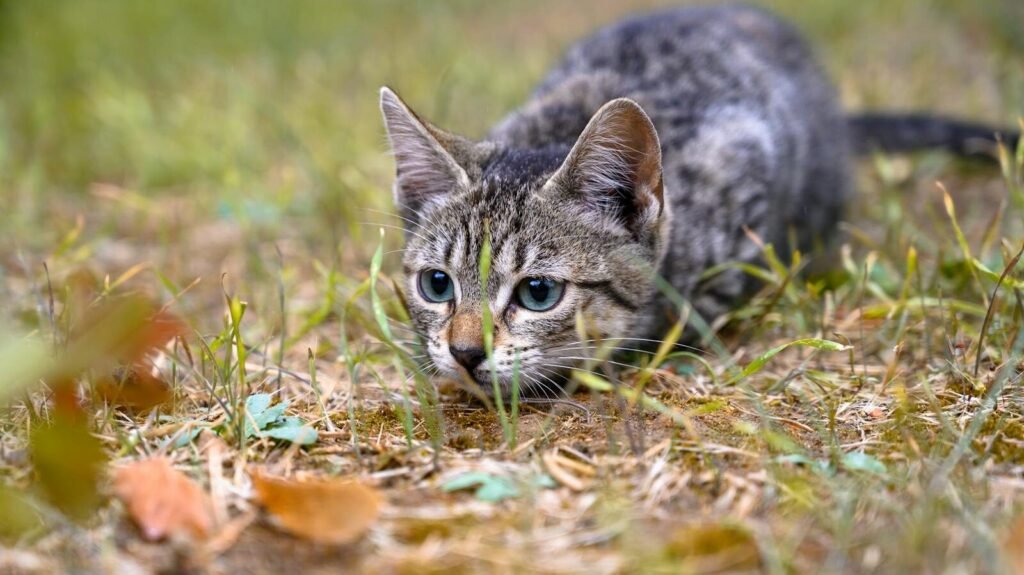
For cats, play is not only a form of exercise but also an expression of the hunt. The activities of chasing, swatting, and pouncing on moving objects mimic the steps a cat would take when hunting for food. Engaging in these behaviors is crucial for their mental and physical well-being.
Evolutionary Advantages of Play
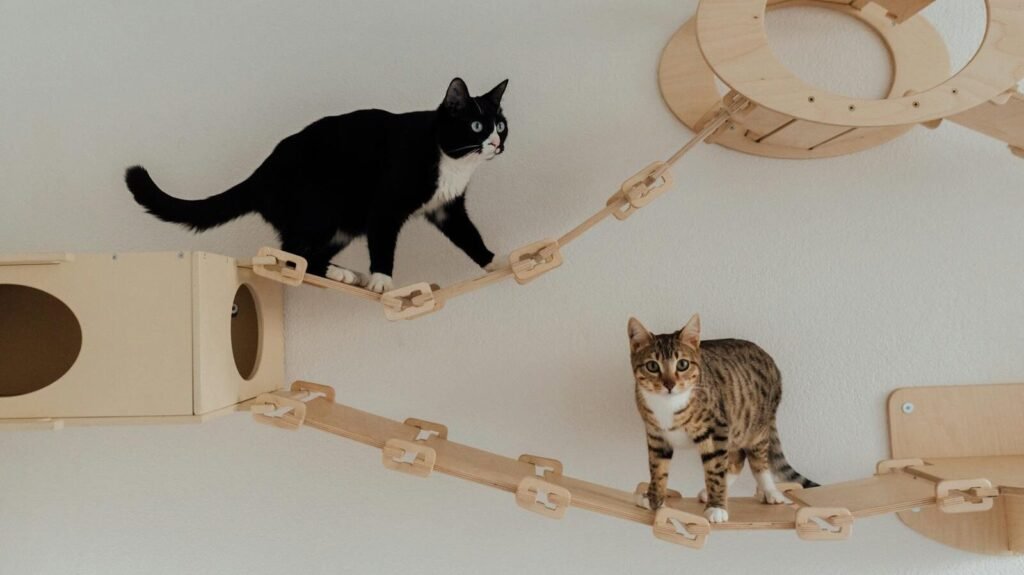
In the wild, young animals use play to develop skills necessary for survival. For kittens, chasing moving objects is a form of practice, allowing them to fine-tune their agility, coordination, and stalking abilities, all of which are crucial for successful hunting.
The Science of Motion and Excitement
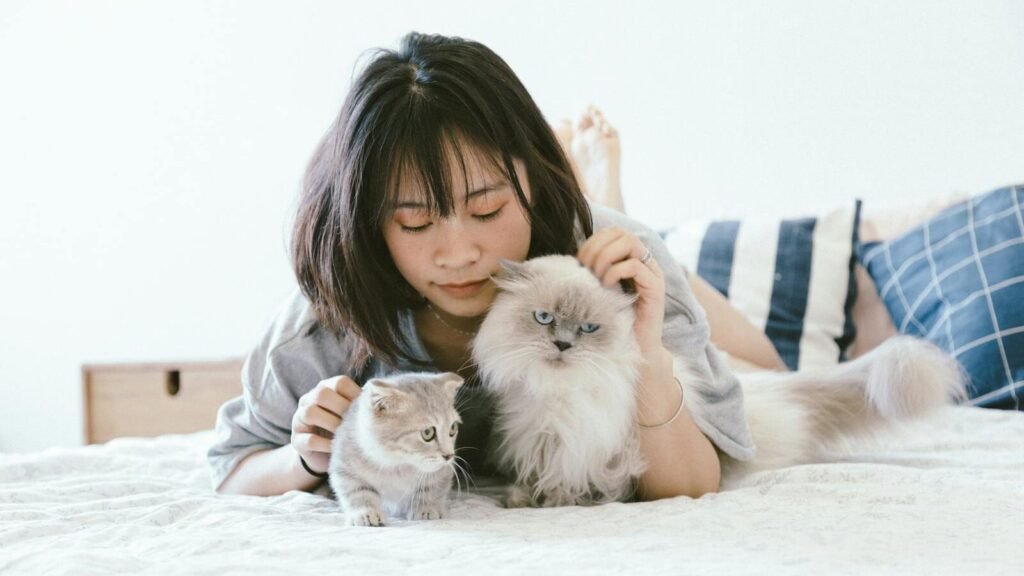
Moving objects often trigger a response in cats due to the uncertainty and spontaneity of movement. Rapid or erratic movements can incite a cat’s curiosity and excitement, making the object seem alive and, therefore, more interesting and worthy of pursuit.
Natural Curiosity
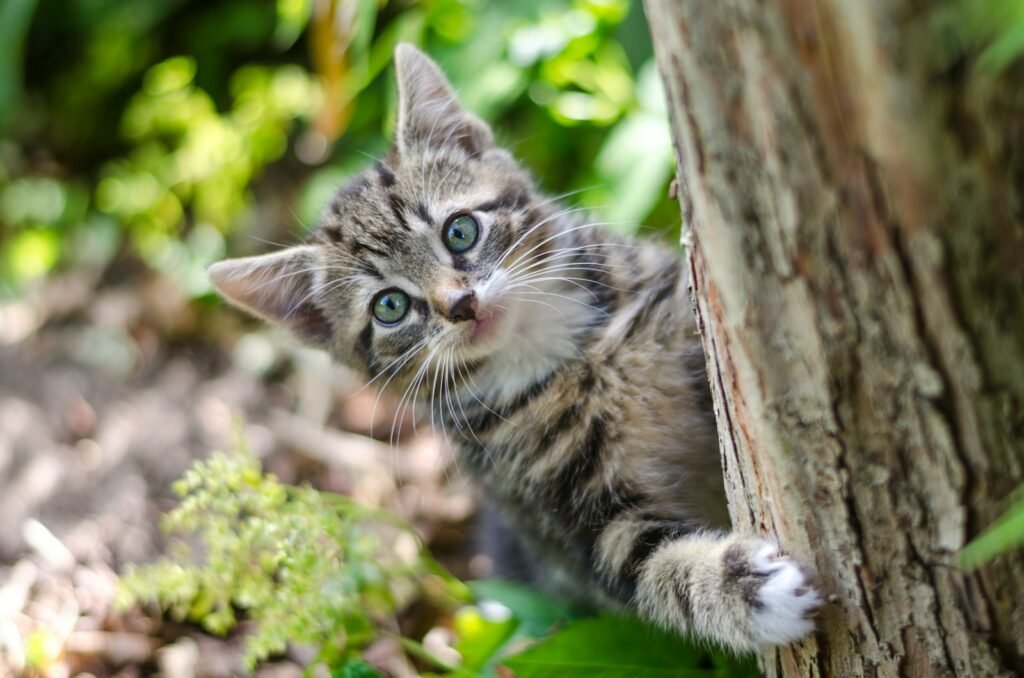
Cats are naturally inquisitive animals. New or unusual stimuli, such as a feather toy or a laser pointer, arouse their curiosity, prompting them to investigate and engage with the object through chasing and batting.
Stimulating Environments and Enrichment
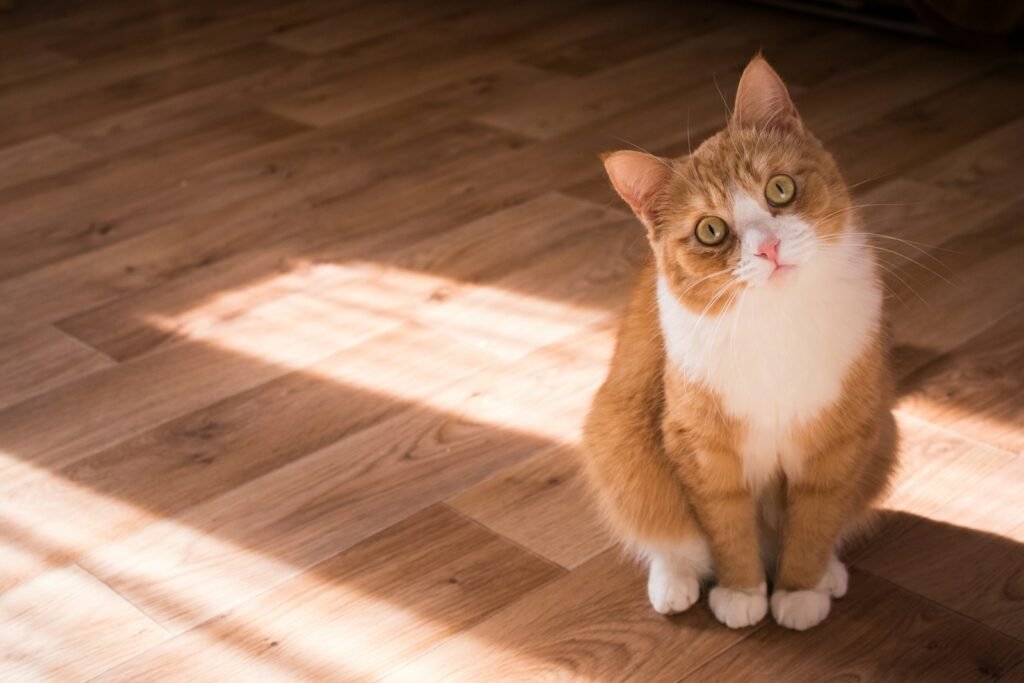
Providing an environment with opportunities to chase and interact with moving objects is essential for indoor cats. Toys that move unpredictably or interactive play sessions with owners can help satiate this instinctual need, reducing stress and preventing boredom-related behaviors.
Chasing for Exercise
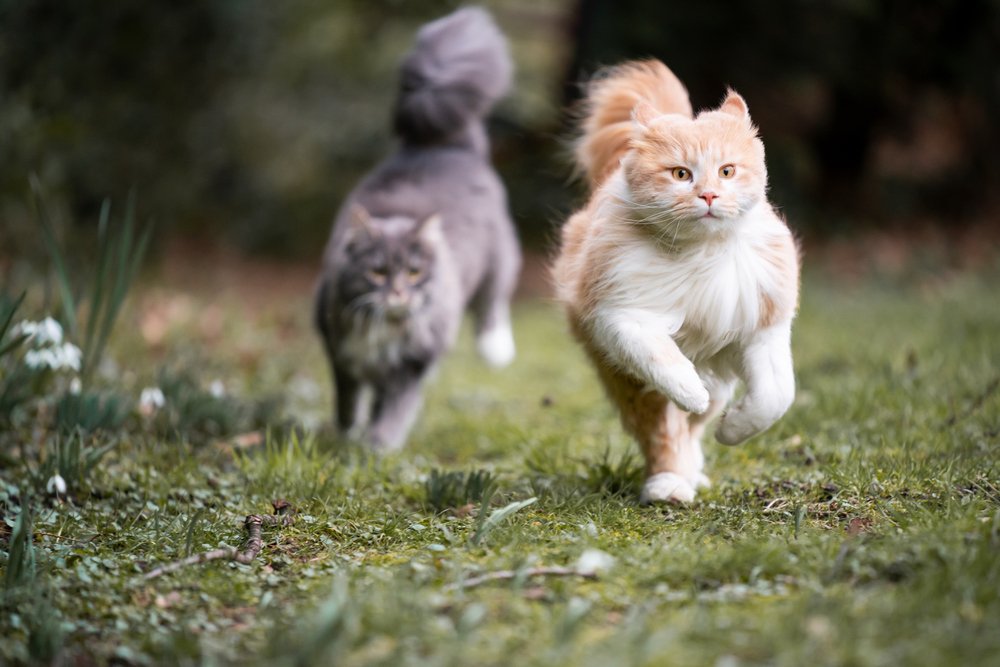
Chasing moving objects is not just a mental challenge for cats; it’s also a physical one. Engaging in these activities helps cats stay physically active, maintaining a healthy weight and promoting muscle tone and overall fitness.
Embracing the Chase
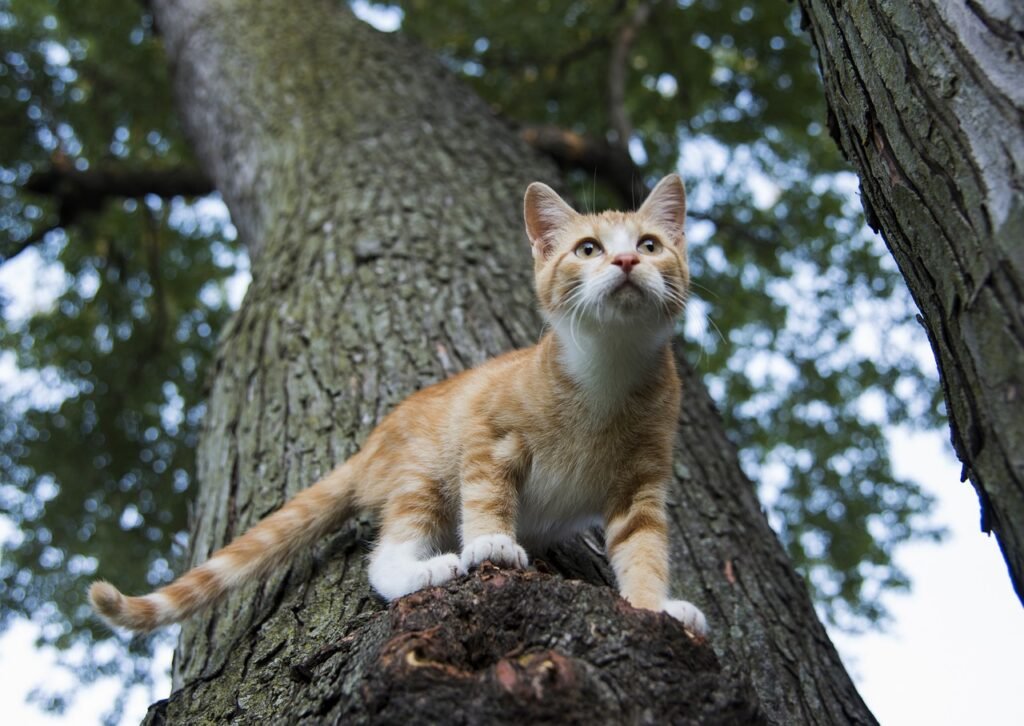
The love of chasing in cats is a multifaceted behavior deeply rooted in their biology and evolutionary history. By understanding and embracing this instinct, cat owners can provide enriching and beneficial environments that cater to their feline companions’ physical and psychological needs, ensuring happy, healthy lives for their beloved pets.

Linnea is a born and bred Swede but spends as much time as possible in Cape Town, South Africa. This is mainly due to Cape Town’s extraordinary scenery, wildlife, and atmosphere (in other words, because Cape Town is heaven on earth.) That being said, Sweden’s majestic forests forever hold a special place in her heart. Linnea spends as much time as she can close to the ocean collecting sea shells or in the park admiring puppies.






